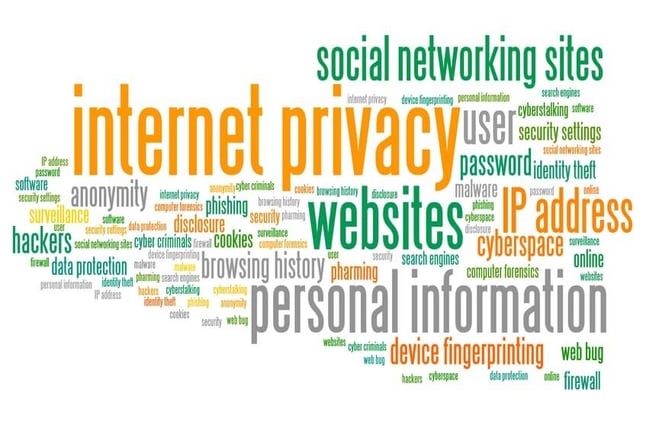Social Networking
Over the past decade, social networking websites have allowed over one billion people to connect and interact online. While these sites have been acclaimed for the ability to help people find and communicate with one another, it has opened up a new platform and field of vulnerabilities to be exploited by cyber criminals. The ability to find others online is based upon them storing personally identifiable information on a public website that is searchable.
Criminals have been utilizing public profiles to gain access to this information and use it to steal identities, hack email and banking accounts, and infect users with viruses. Despite the dangers of engaging in social networking sites, it can be done safely using a combination of preventative security measures and vigilance. In order to maintain a safe online presence on these websites, it is essential to approach every decision and conversation with security at the forefront. By acknowledging several online expectations and following appropriate preventative measures, it can minimize the risk of engaging in social networking sites.
Expectations
- Privacy – The internet, where these social websites reside, is a public domain. The web pages that store profiles are publicly searchable.
- Identification – Anonymity does not exist in social networking. Everything that is posted, uploaded, or written on a social network can be found and associated back to its profile and user.
- Permanence – Once something is posted online, it is now public. It will be saved, backed up, and archived. Simply deleting a post does nothing to change this. It remains on a server, somewhere, out of the poster’s control. Every word and action taken on a social networking site is logged and stored.
- Deception – Social networking accounts can be created without verification of identity. People are not always who they claim to be, and may lie to gain access to personal information with the intention of stealing or using it for illegal purposes.
- Virality – There is no way to delete or stop a post, picture, or video from going viral once it is put online; if internet users choose to continue sharing it, it is not possible to remove it.
- Association – Every post and comment can be seen beyond a user’s circle of friends. People that may be strangers will be able to see these comments/posts, from where the user posted, and the user’s online friends and associates.
Preventative Measures
- Accept connections and conversations only from known acquaintances and whose identities can be verified to match their profiles.
- Do not install any third-party applications and do not accept when an application asks for permissions to a profile or its information.
- Harden privacy and security settings to minimize what can be seen by anyone outside of direct connections.
- Post only comments, pictures, or videos that would be appropriate for any family, friends, and employers to see.
- Never post any information or images that could be personally identifiable to oneself or others.
- Use separate, complex passwords for every social networking site as well as any other website that requires a login. Never save passwords in a browser or set them to automatically login. If a device is stolen or infected, the attacker would have complete access.
- Refrain from logging into social networking sites when connected to public wireless networks, such as airports, hotels, or coffee shops. Attackers can watch the traffic on these public networks and run software that steals usernames, passwords, and other confidential information.
By using social networks online, it increases the likelihood of being hacked or targeted by malicious users. The goal of the recommended security measures is to minimize this risk, while still enjoying the benefits that social network sites have to offer. Precaution, vigilance, and online threat awareness are the best defenses against cybercrime. Social networking websites can be used safely, if these expectations are accepted and preventative measures are taken.
October is National Cyber Security Month
First Blog in the Series: Cybersecurity Things You Should Know
Second Blog in the Series: Top Five IT Risks for Businesses In 2016
Third Blog in the Series: Cybercrime Prevention Strategies




